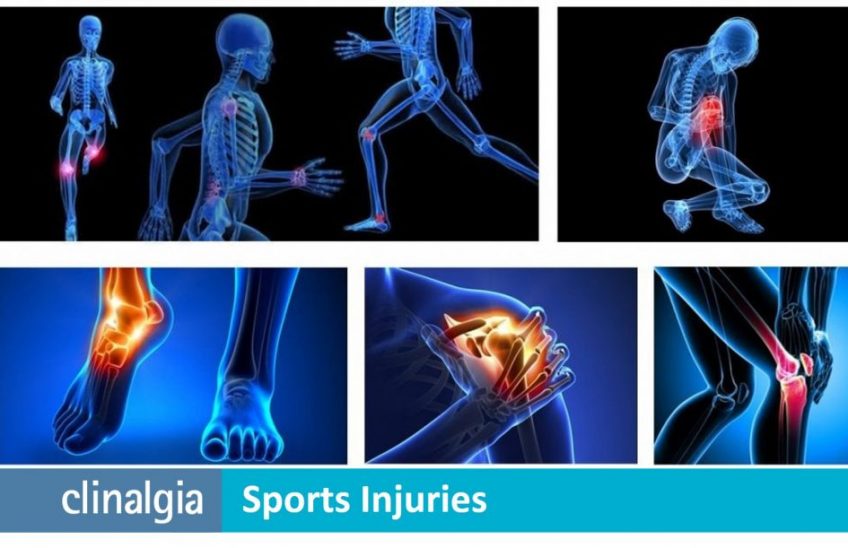The systematized sports of contemporary life are high public drama and grinding mysterious routines. The players are imbued with deep emotion, constant mental cunning, and enormous physical exertion. Sports are watched and played all over the world with passion and prejudice. They are pursued profit, nationalism, and personal compulsiveness. They are on spur-of-the-moments of pure action and visceral performance, but they are always surrounded by long chains of stories and statistics.
And sports are everywhere mixed up in structures of power, both personal and collective – the variable powers of an athlete to oblige his/her body with his/her spirit, of an owner to command a team with his economic clout, of fans to will a victory with their cheers.
For any intellectual of modern life, they offer impressive conjunctures of embodied actions and institutional forces. For this, there is an overload of training. The increasing overload enforced by physical training leads the players to enhance their performance. Furthermore, these high-intensity training sessions having factors such as high impact loads, also upsurge the injuries risk in different sites such as in the bones, muscle-tendon unit, and joints.
Epidemiology
Epidemiology as defined by Last is “the study of the distribution and determinants of health-related states or events in specified populations, and the application of this study to the prevention and control of health problems” (Bonita et al., 2006). The epidemiology of sports injuries is an important area of research that has been largely overlooked in the sports science literature (Caine et al., 2008).
The epidemiological study reports on the sports injury pattern concerning the types of sports participation (i.e. practice and competition), the relationship between injuries and types of sports, and the level of sports participation with the practice and knowledge of “proper’ warm-up among the sports population. It also provides information about the types of injuries that commonly occurred in various sports. It helps in preparing an effective prevention program. It includes greater health of the individual; longevity in the activity; and reduced costs to the individual, the sport, the health care system, and society. An obvious benefit is the potential for better performance through injury prevention (Meeuwisse and Bahr, 2009). Thus epidemiological study plays an important role in research.
Need for prevention
Any game can cause musculoskeletal injuries. Every Sport has a risk of injury with it and its particular injury profile. The more participation within a game, the more will be the number of Injuries. For example, Field hockey is one of the most popular team sports in the world, second only to soccer.
Any increase in injuries in a sport with participation numbers will likely have a public health impact in terms of the burden on healthcare systems as well as time lost to education and productivity. As sports injuries are a barrier to the advancement of physical activity and result in a cost for society, prevention efforts should be made to avoid them. It is universally accepted that the first step towards sports injury prevention is the measurement of the health and social burden of sports injuries.
Hence epidemiological research is the fundamental first step in the sequence of prevention.
Written By:
Dr. Jaganjyoti Das
Assistant Professor
Faculty of Physiotherapy
SGT University



